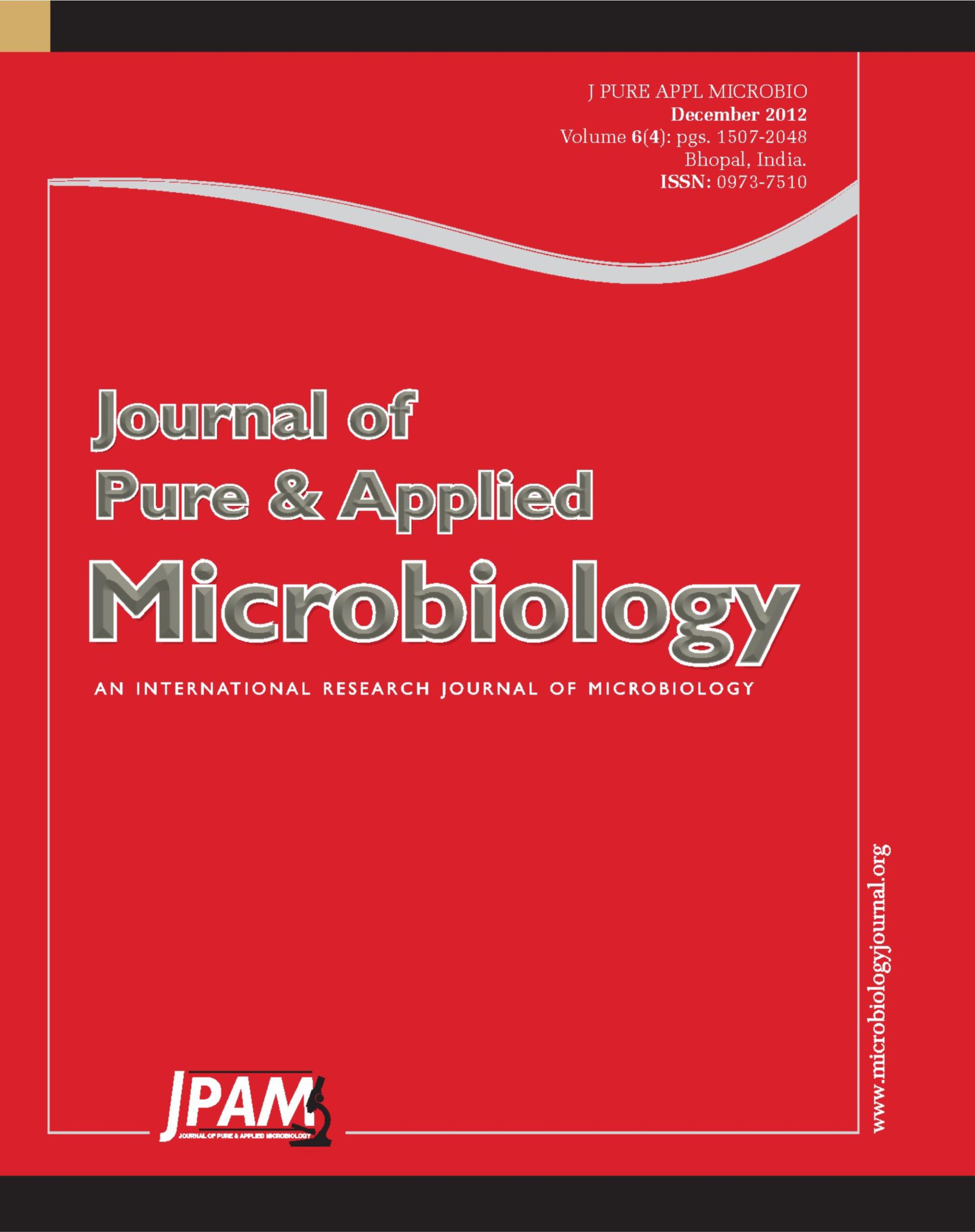In this study the effect of metal stress and antibiotics was evaluated on pathogenic strains of bacteria and fungi, due to an alarming rate of diseases caused by emergence of multi drug resistant pathogenic microorganisms and patients, untreated due to lack of appropriate drugs. The study was performed by standard Kirby Bauer Disk diffusion method approved by National Committee on Clinical Laboratory Standards (NCCLS) and broth dilution method. The inhibitory effect was analyzed by calculating Zone of inhibition (ZOI), minimum inhibitory concentration (MIC) and minimum bactericidal/fungicidal concentrations (MBC/MFC) values. Antibiotic ceftriaxone (ZOI=20±2mm, MIC=250-315µg/ml and MBC£2.5µg/ml) at concentration of ³1000µg/ml, gentamycin (ZOI=19±2mm, and MBC=2.5µg/ml) and tetracycline (ZOI=19±2mm, MIC=250-315µg/ml and MBC£1.5±0.5 µg/ml) at ³500µg/ml were most effective against Pseudomonas aeruginosa, Klebsiella pneumoniae, Citrobacter freundii, Micrococcus luteus, Staphylococcus aureus, Escherichia coli and Rhizopus stolonifer, Microsporum gyseum. While gentamycin (MIC=10mg/ml and MFC=10mg/ml) and tetracycline (MIC=20mg/ml) were also found to be most effective against fungus R. stolonifer, M. gyseum and P. crysogenum. The metal stress also significantly contributed in the inhibition of growth of bacterial strains as compared to the fungal strains. Cr2+ and Cu2+ at concentration of ³40mg/ml gave highest antibacterial activity than other metal ions. The Cu2+ was observed to be toxic at concentration ³80mg/ml for bacteria. While Mn2+ found resistant against bacterial strains but it found to be most effective against all selected fungal strains at concentration of ³60mg/ml with ZOI>20mm. Zn2+ was also effective against fungal growth at concentration of ³80mg/ml but fails in the inhibition of growth of bacterial strains. The most prompting candidate order to inhibit the growth of fungal strains investigated in this study is as follows: Mn2+ > Zn2+ > Cu2+ > Cr2+ > Fe2+. This study suggests that metal ions may be used as antimicrobial/antifungal agents along with the antibiotics such as tetracycline, ceftriaxone and gentamicin and may be good drug of choice against bacterial and fungal pathogenesis in future.
Antibacterial, Metal Stress, ZOI, MIC, MBC and MFC
© The Author(s) 2012. Open Access. This article is distributed under the terms of the Creative Commons Attribution 4.0 International License which permits unrestricted use, sharing, distribution, and reproduction in any medium, provided you give appropriate credit to the original author(s) and the source, provide a link to the Creative Commons license, and indicate if changes were made.


